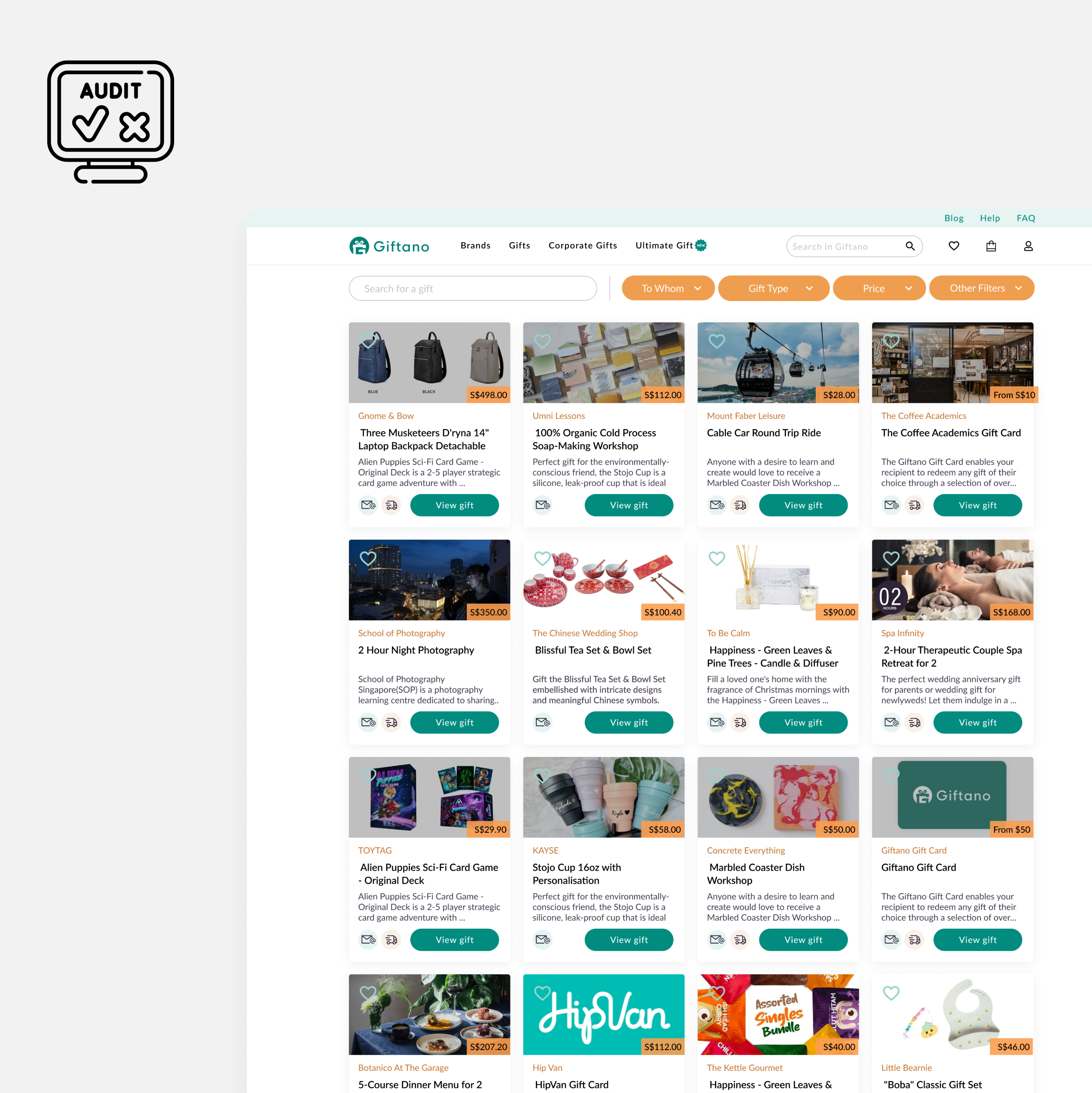
Menu
Exploring the Pros and Cons of Standalone and Tethered Mixed Reality Devices: Which One is Right for You?
Mixed reality technology has been advancing rapidly in recent years, and one of the key decisions that buyers need to make when choosing a device is whether to go for a standalone or tethered option. Both have their advantages and disadvantages, and the choice will largely depend on individual preferences and use cases. In this article, we’ll delve into the world of mixed reality devices, exploring the differences between standalone and tethered options and discussing the various uses and benefits of each.



